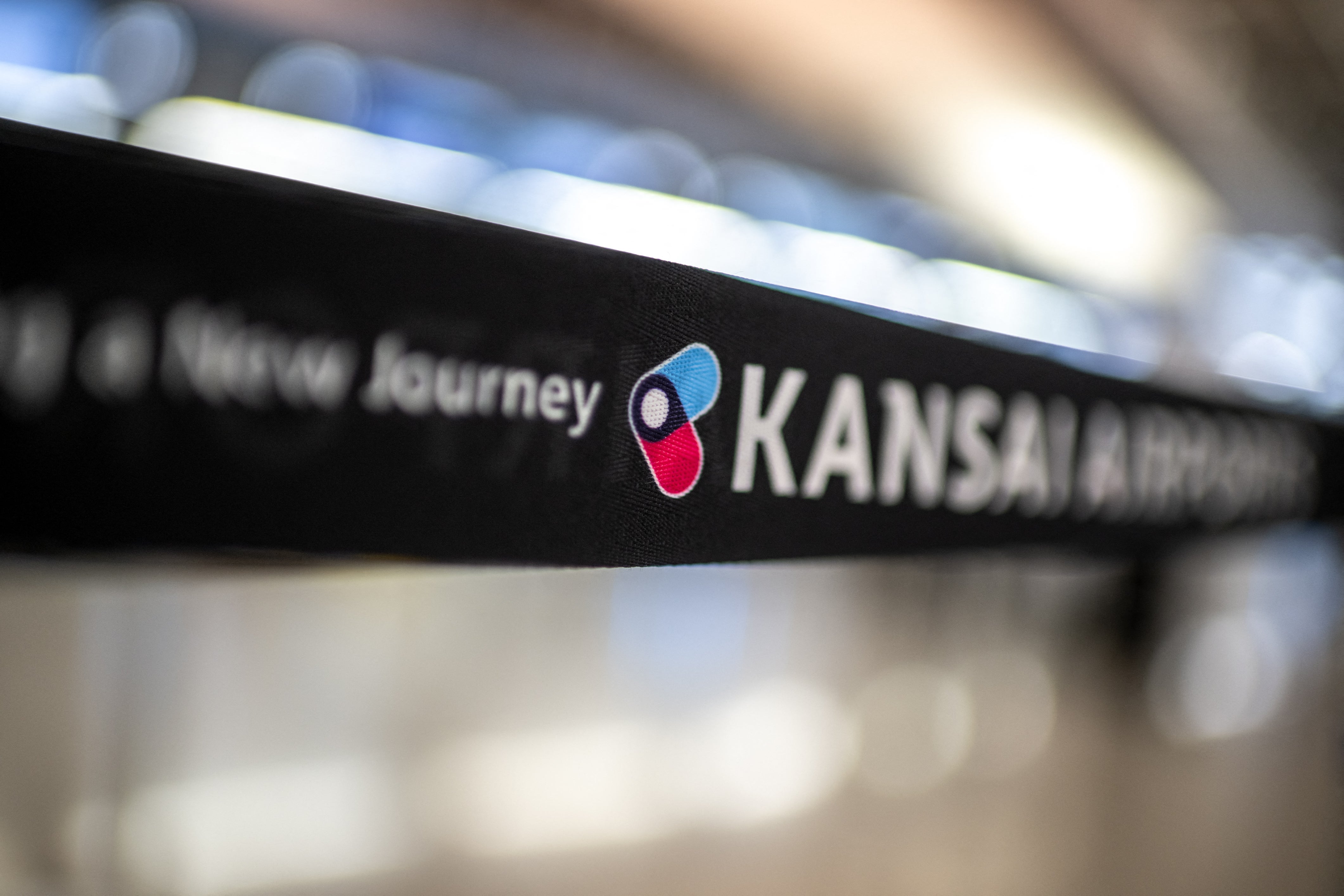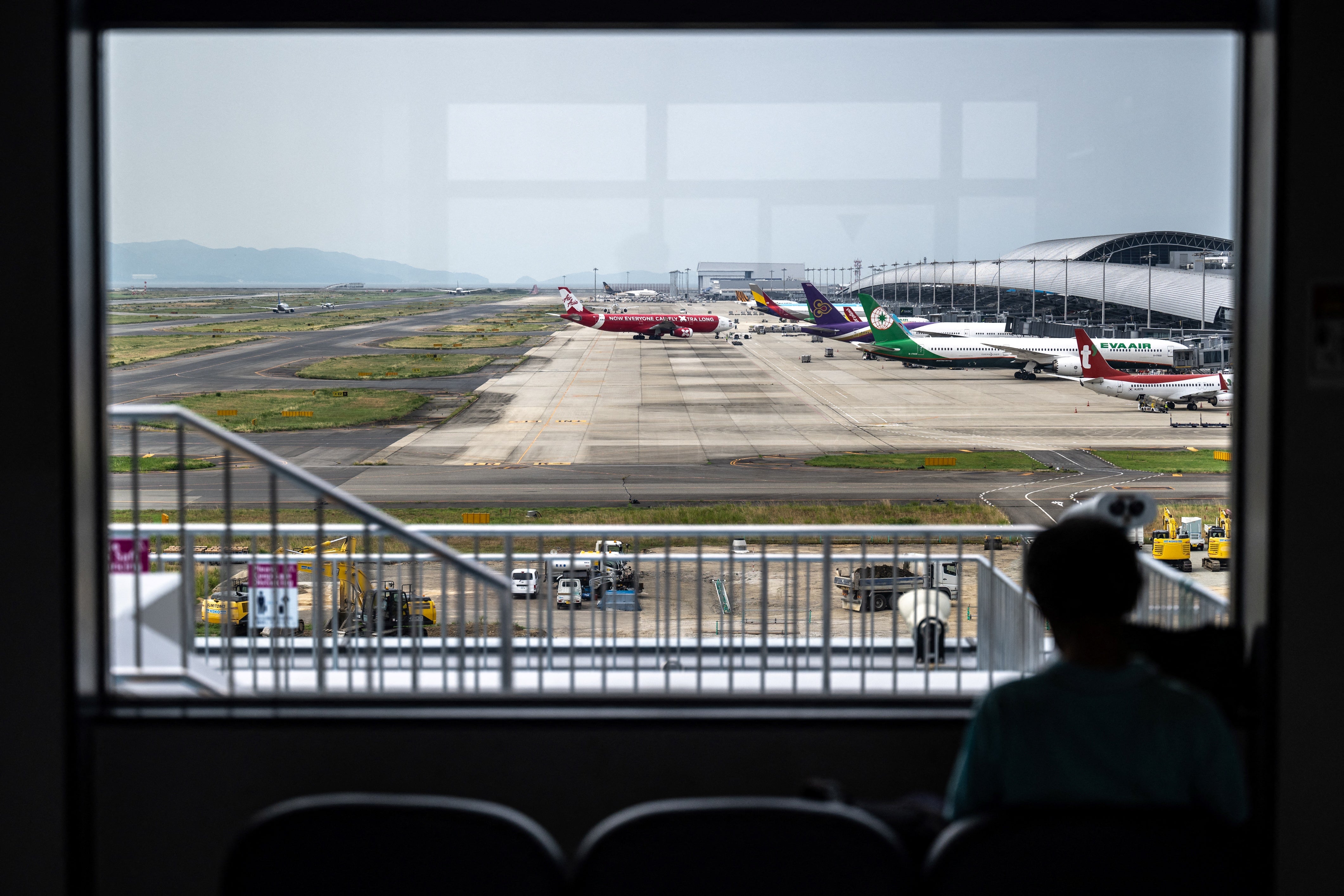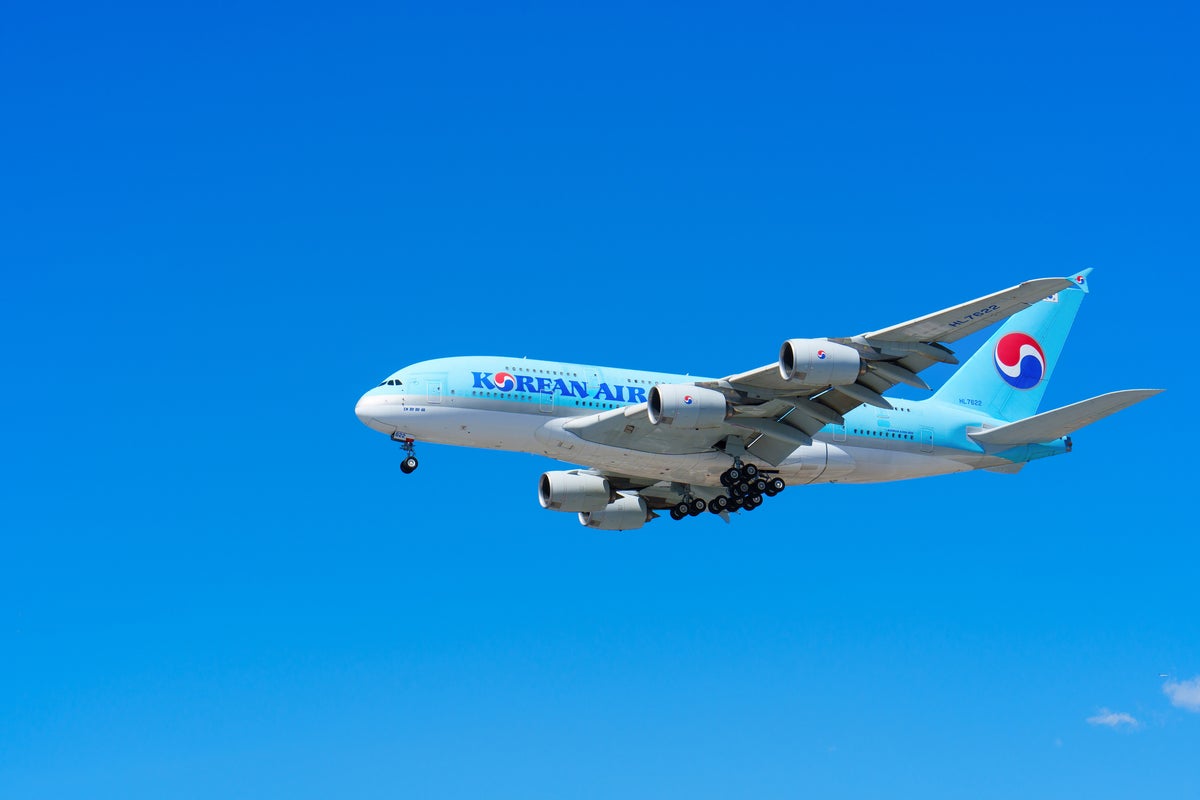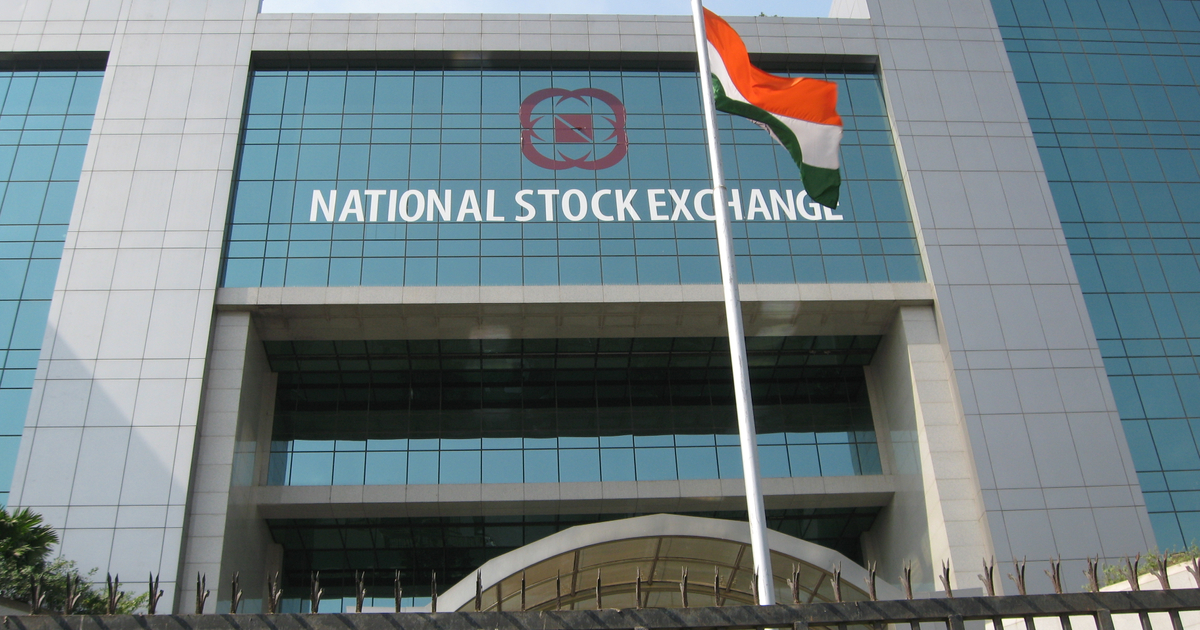Why the world’s best airport for luggage handling is sinking into the sea
Kansai airport, built on manmade islands in Osaka Bay, is grappling with subsidence problems

The Kansai international airport, built on a pair of manmade islands in Japan’s Osaka Bay, was once celebrated as a marvel of engineering. Now it’s sinking into the sea.
The airport is grappling with subsidence problems because it is built on soft clay that cannot adequately support its immense weight. This ongoing sinking threatens the airport’s future, as rising seas and natural forces slowly pull down the engineering wonder closer to the depths.
The Japanese airport was hailed as a landmark solution to overcrowding – it was meant to alleviate congestion at the nearby Osaka airport – and a model of regional economic competition when it opened in 1994. It was originally estimated to sink 13 feet in 50 years but has outpaced that prediction by going down over 42 feet since construction.
“When the Kansai airport was constructed, the amount of soil to reclaim the land was determined based on necessary ground level and subsidence estimation over 50 years after the construction,” Yukako Handa, former communications director for Kansai Airports, which managed the artificial islands as well as the original Osaka Itami airport on the mainland, told Smithsonian magazine in 2018.
He said engineers were astonished by the discrepancy between laboratory predictions of soil consolidation – the process whereby newly added soil layers solidify into a stable base – and the much faster settling that occurred after thousands of tons of fill were deposited into the bay.
Last year, the Kansai airport recorded 169,774 flight arrivals and departures and handled 25.9 million passengers, just shy of the pre-pandemic peak of 29.4 million.
It was recognised as the world’s best airport for luggage handling, according to The Straits Times, maintaining its record of no lost luggage for over a decade.
The Kansai airport was conceived as a solution to overcrowding at the Osaka international airport, which was hemmed in by dense urban development.
Finding no room for expansion on land, planners opted for an ambitious offshore site in the Osaka Bay, far enough to avoid disturbing local communities, yet close enough to serve the region effectively. This entailed pulling off the engineering feat of building artificial islands on a seabed over 60 feet deep, with Japan’s seismic risks in mind. The runways were specifically designed to flex during earthquakes, reducing the risk of cracks and structural damage.
The project cost around £14bn.

The airport was constructed atop a seabed composed of soft alluvial clay, which engineers knew would compress under the immense weight of the artificial islands.
To accelerate and control this expected sinking, they installed sand drains. However, the subsidence proved far more severe than anticipated. By 1990, just three years into construction, the site had already sunk 27 feet, far surpassing the projection of 19 feet.
Despite efforts to manage the sinking with advanced techniques like sand drains, the forces beneath the surface proved too powerful and unpredictable. This dramatic early subsidence revealed just how fragile the airport’s foundation truly was.
At its core, the Kansai airport’s ongoing sinking stems from the very nature of its foundation: soft, loose clay and silt beneath the seabed that naturally compresses under immense weight. The enormous landfill used to create the artificial islands put relentless pressure on this unstable ground, and construction moved forward before the sediment had fully settled, setting the stage for continuous and unavoidable subsidence.
To reduce the airport’s rapid sinking, engineers invested around £112m to reinforce and raise the seawall around it. They also installed 2.2 million vertical sand-filled pipes deep into the clay seabed to help drain excess moisture and stabilise the ground.
These efforts slowed the rate of subsidence. In 1994, the airport was sinking more than 19 inches a year, but by 2008 that had dropped to 2.8 inches. By 2023, the sinking was down to 2.3 inches annually.
Despite this progress, the airport remains at risk.
Engineers warn that parts of the airport may fall below sea level by 2056 if subsidence continues.
Climate change adds another layer of risk to the airport, already vulnerable to storm surges and seismic activity. In 2018, Typhoon Jebi underlined these dangers when it struck Osaka Bay, flooding the runway and forcing a two-week shutdown. High seas flooded one of its two runways, while strong winds sent a 2,500-tonne tanker slamming into the side of a bridge connecting the airport to the mainland.
Some 5,000 passengers stranded at the airport were transported to the mainland by boat, according to the daily Japan Times.
In response, authorities raised the seawall around the airport by an additional 2.7m to better withstand future flooding.

While such engineering solutions implemented over the years have bought precious time, the battle against subsidence and rising seas is far from over for the airport.
The bleak prediction from experts has sparked anger among some members of the Japanese engineering community. “It’s irresponsible,” Professor Yoichi Watabe from Hokkaido University’s engineering faculty told The New York Times in 2018.
Prof Watabe, who has studied the Kansai airport’s issues extensively, however did acknowledge that the forecast wasn’t completely without merit.
Still, he pointed out that the predictions assumed Japan “will simply stand by and watch it sink without taking action”. He added: “We definitely will not.”

 BigThink
BigThink 





























